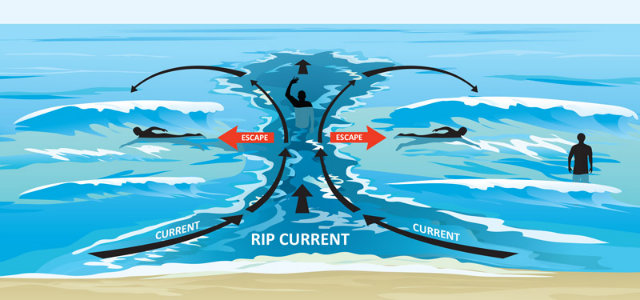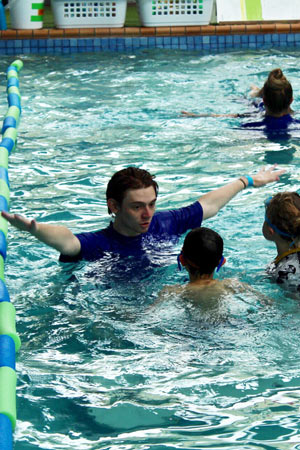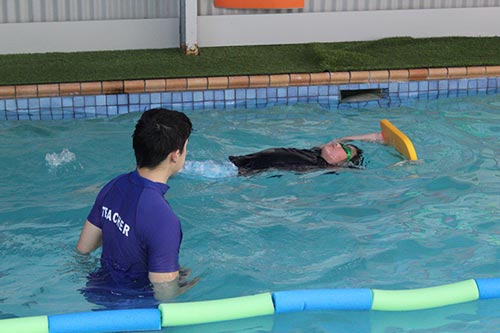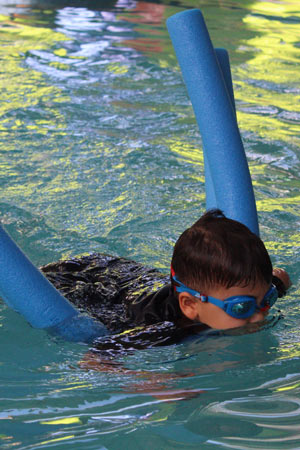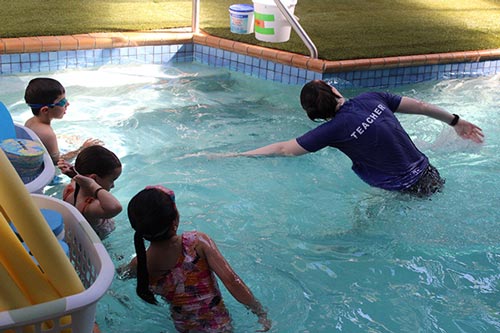Start of Term 1 – Mon 30 January 2017
2017 Term Dates
Term 1: Mon 30 Jan – Sat 1 April
SHP: Mon 10 Apr – Thur 13 Apr
Term 2: Tues 18 Apr – Sat 1 Jul
SHP: Mon 10 Jul – Fri 14 Jul
Term 3: Mon 17 Jul – Sat 23 Sept
SHP: Mon 2 Oct – Fri 6 Oct
Term 4: Mon 9 Oct – Sat 23 Dec
Welcome back to our returning students and welcome to our new families. I hope everyone had a wonderful Christmas and a great break over the holidays.
Over the holidays it has again been bought home to me, how quickly and easily we can get out of our depth and into all sorts of trouble and drown. We have seen a horrifying increase in the number of drowning’s. In NSW alone there has been 20 drowning’s since Christmas.
The following is an excerpt article from the ABC by Danuta Kozaki and Clare Blumer, which is a timely reminder for us all.
“It is definitely the season of distractions — the knock at the door, the ringing phone, other children crying out for assistance; they are the things that take our attention away from backyard swimming pools.”
Michael Ilinsky, a spokesman for the Royal Life Saving New South Wales, is addressing the current spike in holiday drownings.
The unusually high number of deaths has highlighted the greater danger water poses during the holidays, Mr Ilinsky said.
He said all beaches, pools and rivers posed risks to swimmers, especially children.
What conditions should people avoid?
Colleague, Liam Howitt said awareness about conditions was extremely important for swimmers getting in the water.
“It is really knowing about what your environment is like before you enter the water,” Mr Howitt said.
“This is the same regardless of what water you are entering into — whether it be the surf, the river, the pool, always check before you swim.”
Inland waterways are actually the leading fatal locale for drownings in Australia, according to the Royal Life Saving annual report.
Seventy-five people died from inland waterway accidents between July 2015 and June 2016, with 63 dying as a result of a beach swim during that same period.
When is it safe to swim in the ocean?
There is no absolute way to stay safe while swimming at unpredictable beaches.
“We can see how quickly things can happen,” Mr Howitt said.
“The ocean is a dynamic environment, with people getting caught in rip currents.”
People are encouraged to swim between surf lifesaving red-and-yellow flags.
“Also just knowing your ability as a swimmer is critical: if you are not confident, it is doubly important you swim during the daylight hours, between the flags,” Mr Howitt said.
How dangerous are rivers and lakes?
“Inland waterways are our most lethal environments when it comes to drowning,” said Mr Ilinsky.
“Our rivers, lakes and dams claim more lives than beaches, so we are seeing again a number of incidents across summer where people have gone into these environments, which are often colder, deep, and have muddy banks, crumbling banks, and even people not wearing life jackets when they’re on boats.
 A warning to parents around pools
A warning to parents around pools
Mark Lever from the Careflight rescue service said while everyone needed to take extra care with backyard pools, parents had a responsibility to always supervise their children.
“Well, they call it the silent killer, with good reason: In every single instance you will hear that nobody heard a thing, the child seems to have disappeared, they were out of sight for moments.”
Please take care as we all enjoy the beaches, rivers and swimming pools.
Our Team
Matt will be filling in, in the first couple of weeks and back Term 2 from his European adventures.
Please be aware a change in university workloads for many of our teachers has meant some changes to rosters.
| Monday | Emma |
| Monday evening | Mikki & Ash |
| Tuesday | Sarah |
| Tuesday evening | Lauren & Kaitlin |
| Wednesday | Katie |
| Wednesday evening | Mikki & Ash |
| Thursday | Sarah |
| Thursday evening | Sarah, Kaitlin & Emma |
| Friday | Emma |
| Friday evening | Lauren & Mikki |
| Saturday | Caitlin, Katie & Kaitlin |
We will be running a number of shadowing lessons as part of our teacher’s professional development. You may therefore have two teachers in some lessons as we each watch and learn plus provide feedback to each other.
This is part of our continuing commitment to ensuring we have quality and consistency in our teaching and that all lessons continue to be tailored to meet the needs of your child.
We are confident that your child will enjoy all the programs and have continued success. Please speak to me if you have further questions.
Fee Payments
At the start of term before your child goes into class you will need to pay their fees. Either by direct debit three days prior to your first class or by cash/cheque at the pool on the day of their first lesson of the term.
If your direct debit is within three days of your first class, please bring a copy of your receipt.
Unfortunately your child will not be able to swim unless payment is made or an arrangement is made with us prior to the start of term.
Please see Kylie to discuss any concerns you may have.
Direct Debit Details –
Account name: Swim Like A Fish
BSB 633-000
Account no. 140351032.
Term 1 2017 – Class Payment Calculation
Term 1 has one public holiday – Labour Day on Monday 13 March
| Mon @ 8 weeks | Tues – Sat @ 9 weeks | |
| 1 child @ $18.00 | $144 | $162 |
| 2 Children with 2nd child discount | $272 | $306 |
| 3 Children with 2nd & 3rd Child discounts | $384 | $432 |
| Water Familiarisation | n/a | $130.50 |
| Swimming Squad | n/a | $162 |
Sibling Discount
Second and third child discounts apply where you have 2 or more children in classes (not water familiarisation or squad as they are already discounted).
They are calculated at $18.00(1st Child), $16.00(2nd Child) and $14.00(3rd Child) per class pro-rata of how many weeks there are in the term, taking into account any public holidays that occur. ($14.00 per class for each child beyond 3)
Water Familiarisation Classes
Tuesday 9.30am – 10.00am & 6.00pm – 6.30pm
Wednesday 9.30am-10.00am
Thursday 9.30am-10.00am
Saturday 9.00am – 9.30am & 9.30am – 10.00am
Where the Parents are in the Water with their children.
New Water Familiarisation starters commencing after the first week work out payments pro rata of $14.50 per class. There are no discounts for Water Familiarisation as this is already discounted.
Swimming Squad Classes
Tuesday 5.00pm – 6.00pm
Wednesday 5.30pm-6.30pm
Term 1 fees are $162.00
There are no discounts for squad classes as these are already discounted.
Missed Classes
Missed classes are not to be deducted from the fees. Make up lessons are available for any missed class for any reason where class sizes permit. As I’m sure you understand we have to pay teachers each and every week once term classes are set.
Swim School Policies
Just a reminder all our policies are now online or you can pick up a brochure at the pool.
Finally as always as we have moved many students into after school classes, made various kinder changes and so forth – there have been many challenges.
Thank you to everyone for your patience and assistance, no doubt our start of year will still provide lots more.
If you have any queries please phone us on M: 0433 446 403 if you don’t catch us at the pool.
Many thanks, Kylie


